Explanation
The Daegwallyeong Special Tourist Zone is made up of five cities and counties in Gangwon-do, including Pyeongchang-gun, which hosted the 2018 Winter Olympics. Blessed with picturesque highland scenery, the Daegwallyeong Special Tourist Zone includes Gangneung, Donghae, Samcheok, Hoengseong and Pyeongchang.
Gangneung is located the nearest to Daegwallyeong. Famous attractions in Gangneung include Gyeongpoho Lake and Gyeongpodae Pavilion. Two of Gangneung’s historic villas, Ojukheon House and Seongyojang House, have been beautifully maintained for centuries.
Donghae’s two ports, Donghaehang Port and Mukhohang Port, are always buzzing with the energy of coastal life. Donghaehang Port is a base for the distribution of materials, industrial development, and trade. Cruise ferries take passengers to Russia and Japan. Meanwhile, ferries going to Ulleungdo Island depart from Mukhohang Port, which is located near Mukho Lighthouse and the Bukpyeong Fifth-day Market.
Samcheok is a coastal city in the southernmost part of Gangwon-do. With National Road No. 7 at the center, Samcheok is bordered by Donghae to the north and Uljin to the south. Hwanseongul Cave, the biggest limestone cave in Korea, and Daegeumgul Cave are some of the city’s major attractions.
Hoengseong is famous for its local hanu (Korean beef) and the diverse agricultural experience programs the county offers. The lush forests and the road with a scenic view of Taegisan Mountain attract many tourists.
Located 700 meters above sea level, Pyeongchang is home to many ski resorts, making it a major destination for winter sports.
[Daegwallyeong Special Tourist Zone]
Areas included
- Areas around Hoengseong, Pyeongchang, Gangneung, Donghae, and Samcheok in Gangwon-do
Total area: 428.3 ㎢
- Gangneung 90.4 ㎢, Donghae 48.4 ㎢, Samcheok 11.3 ㎢, Hoengseong 63.5 ㎢, Pyeongchang 214.7 ㎢
Tourist attractions
- Yongpyong Resort, Alpensia Resort, Phoenix Pyeongchang, Daegwallyeong Sheep Farm, Donghaehang Port, Mukhohang Port, Seongyojang House, Cheongokdonggul Cave, etc.
Inquiry
+82-33-330-2799
Homepage
www.gn.go.kr
www.dh.go.kr/tour/
www.samcheok.go.kr
tour.pc.go.kr
www.hsg.go.kr
Information Use
Contact and Information : • 1330 Travel Hotline: +82-2-1330
(Korean, English, Japanese, Chinese)
• For more info: +82-33-330-2799,
+82-33-249-3151
Parking facilities : Parking spaces are available at resorts, tourist sites and beaches
More information
Available Facilities
402 tourist information centers, 4,174 amenities, resorts, tourist sites, beaches, national/provincial parks, etc.
Location
Hoengseong-gun, Pyeongchang-gun, Donghae-si, Samcheok-si & Gangneung-si in Gangwon-do
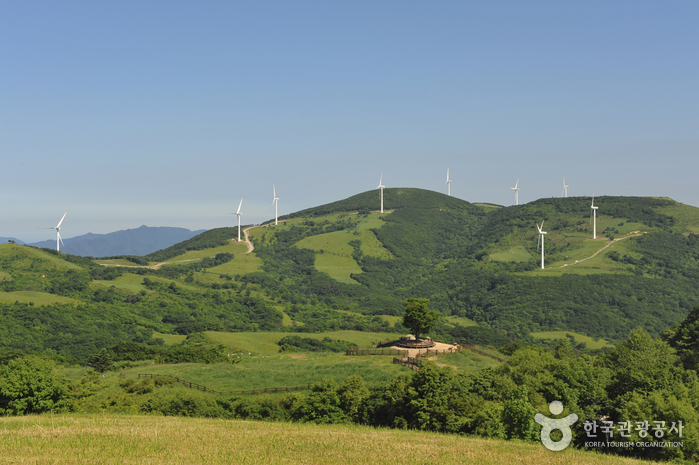
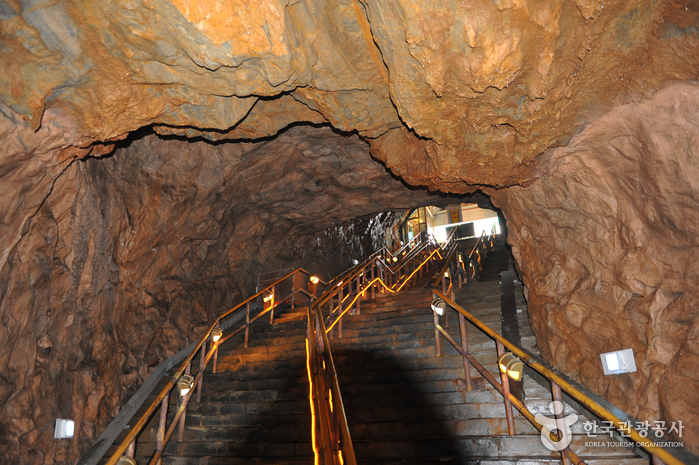
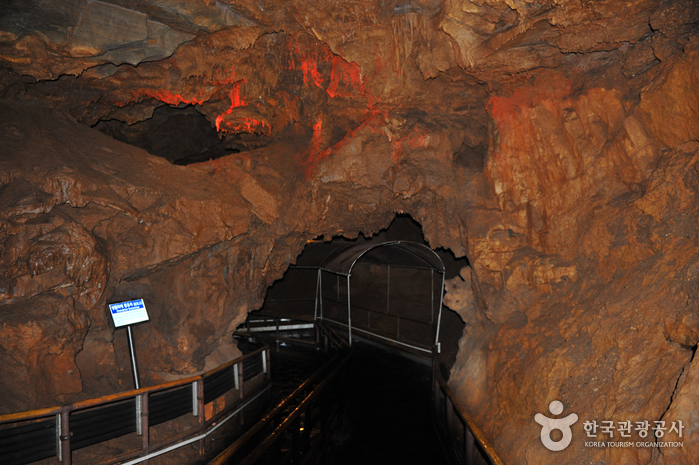
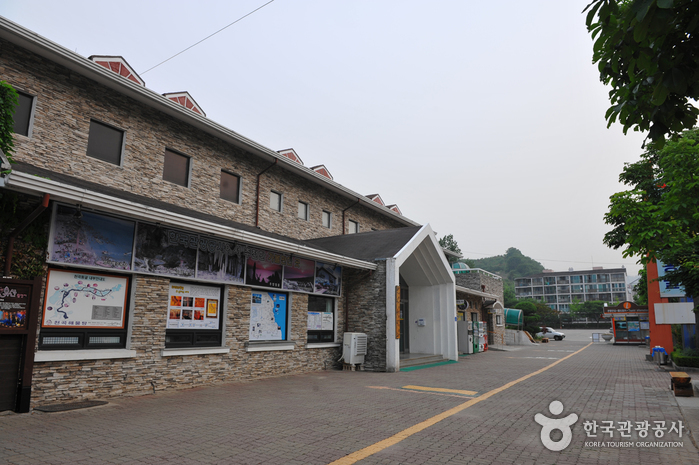
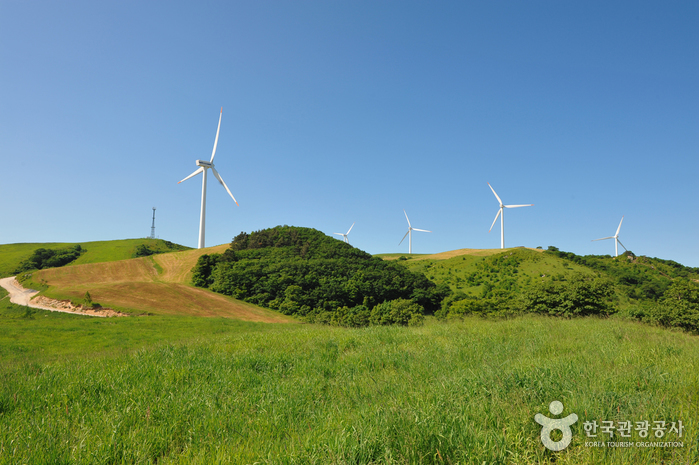
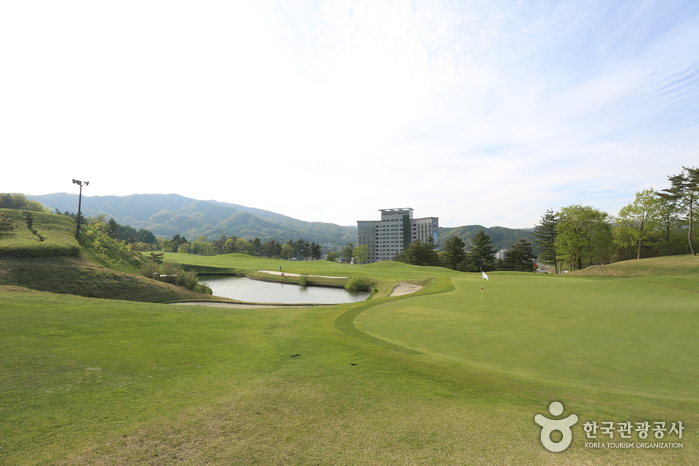
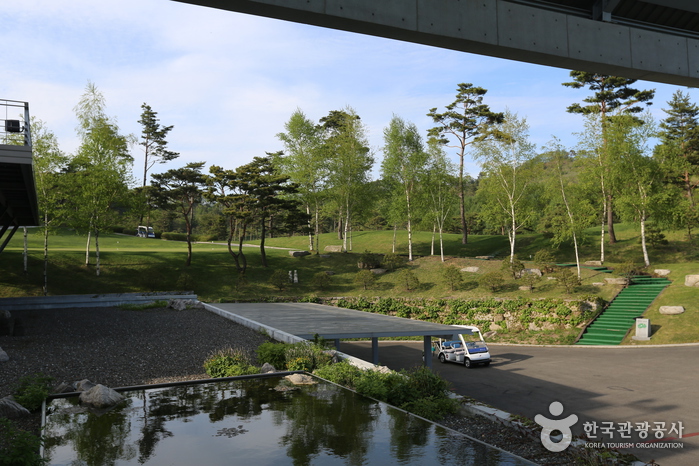
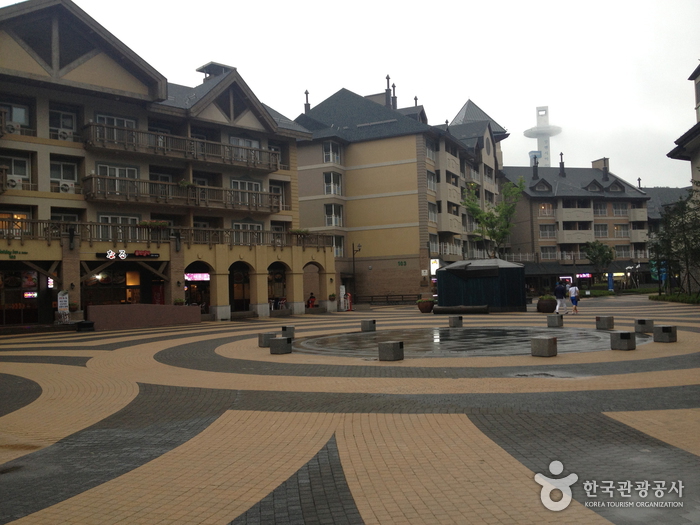
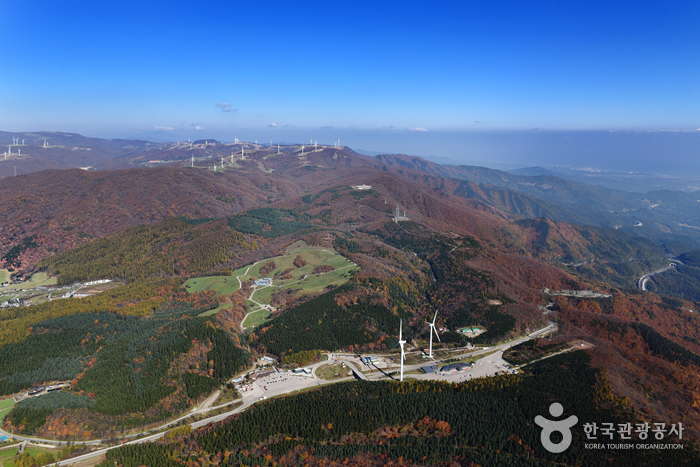
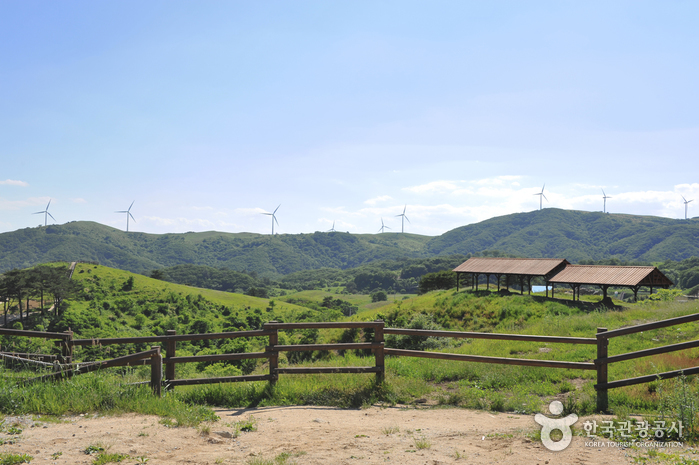
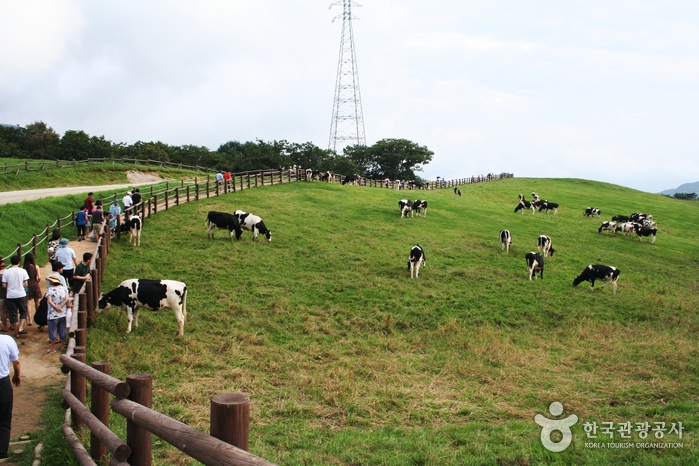
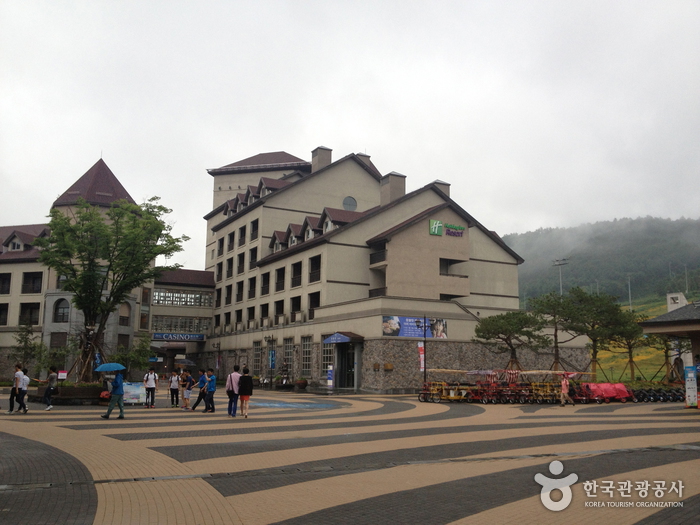

 English
English
 한국어
한국어 日本語
日本語 中文(简体)
中文(简体) Deutsch
Deutsch Français
Français Español
Español Русский
Русский